Malta, 21/7/2022
CAN YOU BE A FEMINIST AND STILL LOVE FASHION?
Whether you are a feminist for some time or you just decided to become one, it might be difficult to project your political views into your lifestyle – especially in fashion. Should you wear feminine clothing or the exact opposite? Buy all the graphic tees with ‘girl power’ slogans? Or should you forget about style all at once?
The good news is, fashion doesn’t equal style. So you can and should develop your own style depending on your personality and needs if you wish so. However, there are some good practices one might want to look into when considering feminist issues, especially those related to fast fashion.
What is fast fashion and why is it bad?
The new generations are being born into a world of thousands of styles and seasons. This is a relatively new phenomenon considering that just a few decades ago we used to have just two main seasons (Spring & Summer, Autumn & Winter). In the past, our clothes were made to last for years, decades or even generations. The garments were made from good quality materials and were, therefore, more expensive. Naturally, there wasn’t a need for 52 (weekly) seasons.
But this is no longer true for the fast fashion industry.
Fast fashion became popular thanks to the cheap cost, hundreds of new trends and consumerism. And with the growth of social media, some companies produce not 52 but thousands of new seasons yearly, which in turn causes extensive damage to the planet, harm to animals and the exploitation of workers.
On 24 April 2013, an eight-story commercial building called Rana Plaza collapsed in Bangladesh, leaving around a thousand people to die and approximately 2,500 injured. Could this be avoided? Alas, the building’s owners ignored the concerns of the workers who complained about cracks in the building the day before the disaster. In fact, garment workers were ordered to return the following day and the building collapsed during the morning rush hour. This is considered the biggest garment-factory disaster in history. So while certain fast fashion brands often push empowering slogans on their garments, these statements serve more as an advert to buy more, rather than actually representing the meaning behind it. Would you wear a t-shirt with an empty message, if you knew that the people who work in horrific conditions don’t even earn a living wage? That is the question we need to be asking ourselves.
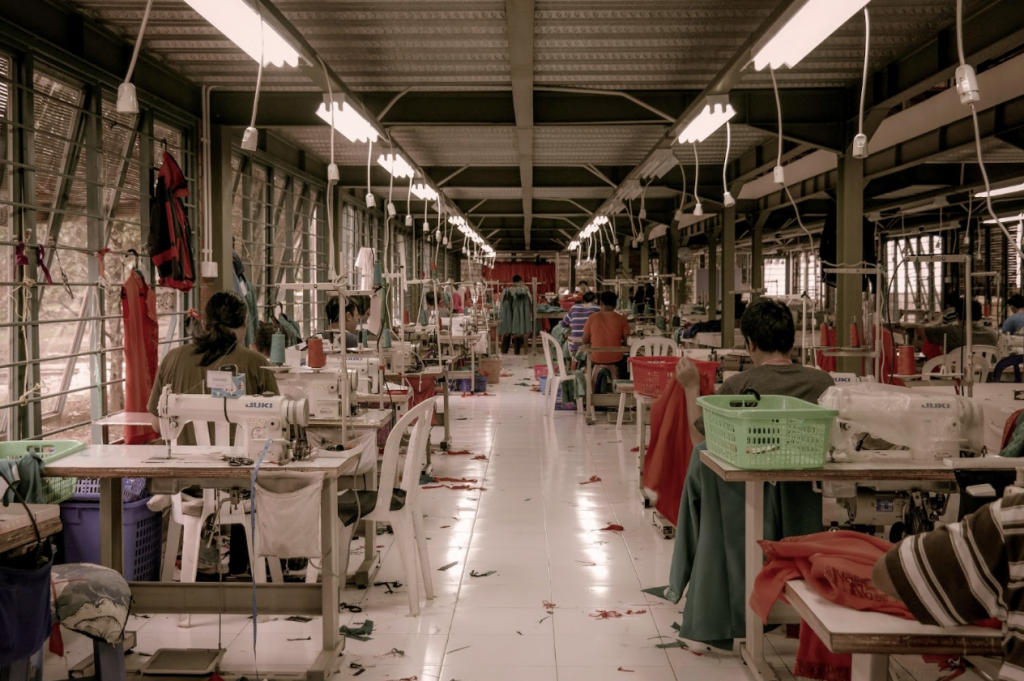
How can I spot a fast fashion brand?
These are some indicators that might help you:
- Thousands of styles, all linked to the latest trends.
- Using cheap labour outsourced from countries like Bangladesh, workers on low wages without adequate rights or safety
- Cheap, low-quality materials like polyester, causing clothes to lose shape or colour after just a few wears
- Not being transparent about their supply chain
- A limited quantity of a particular garment, with new stock arriving in store every few days. Like this, shoppers know if they don’t buy something they like immediately, they’ll probably miss their chance. = shopping based on FOMO.
Be a rebel
In A Society That Profits From Your Self Doubt, Liking Yourself Is A Rebellious Act — Amy Pence Brown. We see it every day. Buy this to be happy. Get that to look pretty. Summer is coming, get your bikini ready. You need this new trend! But do you really need it? Remember the last time you bought something new. Did it make you feel better about yourself? And for how long? Do you ever open your packed wardrobe just to find out you have nothing to wear? There needs to be a fundamental change. Behavioural change. If we want to be feminists who care about other people but also about our own wellbeing, we need to act.
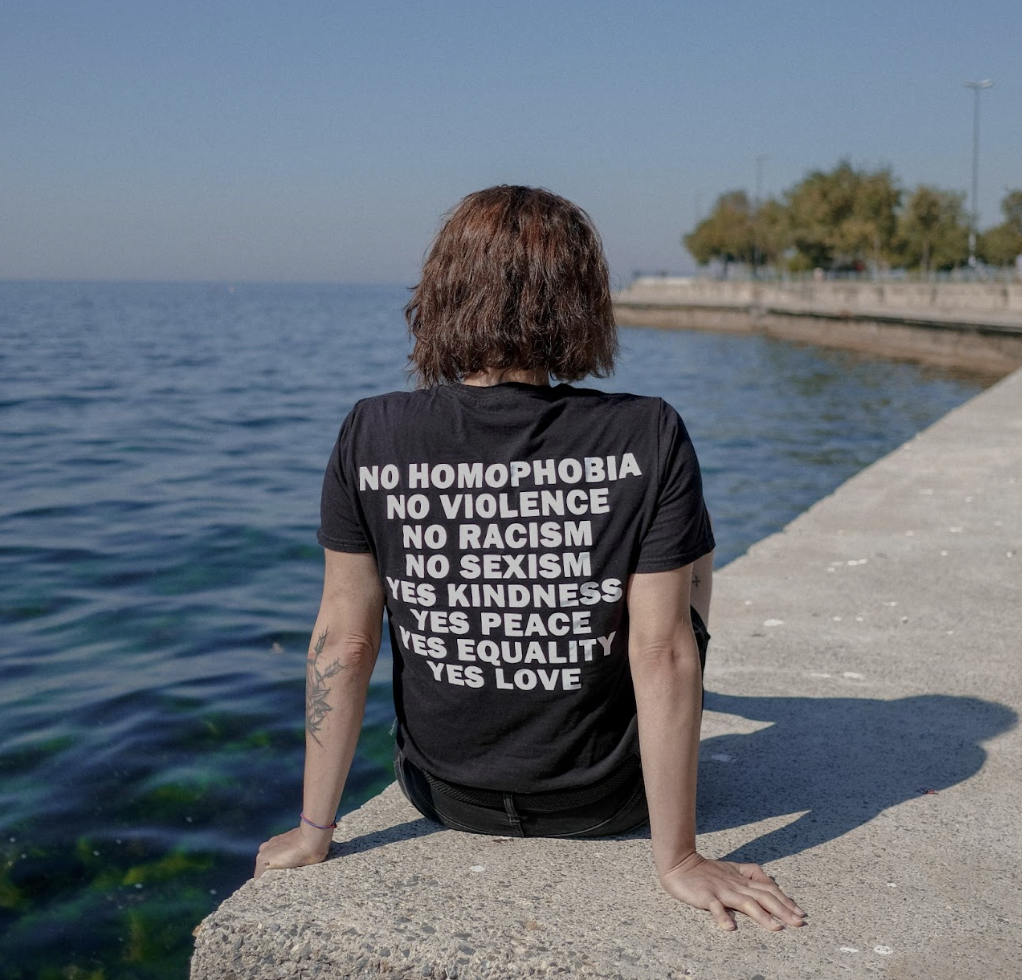
OK, but what do I do then?
Educate yourself. Start small. No one needs to be perfect to change the world. It’s the daily little changes that actually make the biggest difference. Start at the bottom of the “buyearchy” of needs:
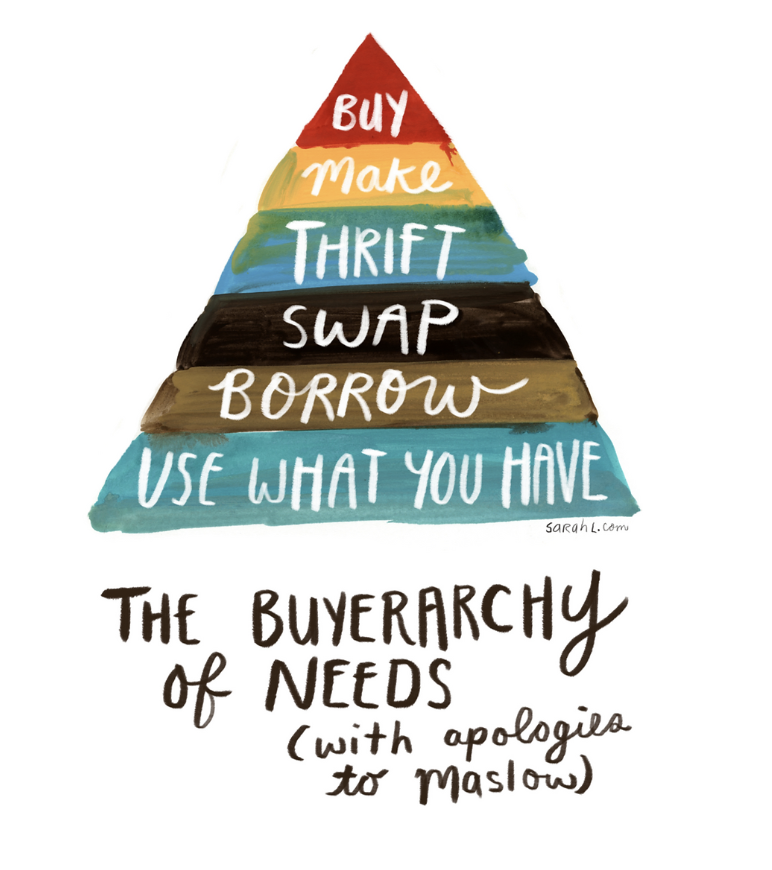
1. USE WHAT YOU HAVE
Are you wearing the same few items over and over again? Have a peek in your wardrobe and rediscover what’s hidden at the bottom. You might be surprised! Take all the items out and go through them. One by one, take your time. Feel the texture of the material and try them on. Does it still fit? Do you still like it? Great! Try to create a couple of outfits with each item and have fun in the process. Take care of your clothes and they will reward you. Remember, loved clothes last.
2. BORROW
Borrowing clothes is a long-forgotten thing. But it doesn’t have to be like that! Borrowing is not just for young siblings. Have you ever tried your partner’s clothes on? Be creative and find new ways how to wear unisex items like oversized shirts or blazers. Borrowing is particularly handy when you need something for a special occasion. Instead of buying another “one-use” fancy dress, why not call your friend to check if they have something suitable? Next time you can help them out too. It’s a win-win!
3. SWAP
With the burning topic of climate change and ecological movement, swapping became extremely popular. Search for local swap shop events or invite friends over and swap your clothes with theirs! This is a super fun activity that can be joined by a group of friends or family members. How it works with the events: you pay a small fee to enter the location, bring your washed unwanted clothes in good condition, get the same amount of tokens (one per item) and then swap those tokens for “new” clothes! Everything that doesn’t get swapped is then usually donated to a charity shop.
4. THRIFT
When it comes to thrifting, there are many options to choose from. Some people can’t live without the feeling of excitement when walking into a thrift store or charity shop to search for treasures. Others prefer to shop online and search for specific things. There is definitely beauty in both. For online shopping, you can have a look at Depop or the marketplace on Facebook. Online thrift stores and curated vintage stores are also moving to various social media including TikTok and Instagram. When shopping online, consider choosing local sellers to minimise the carbon footprint tied to the transport.
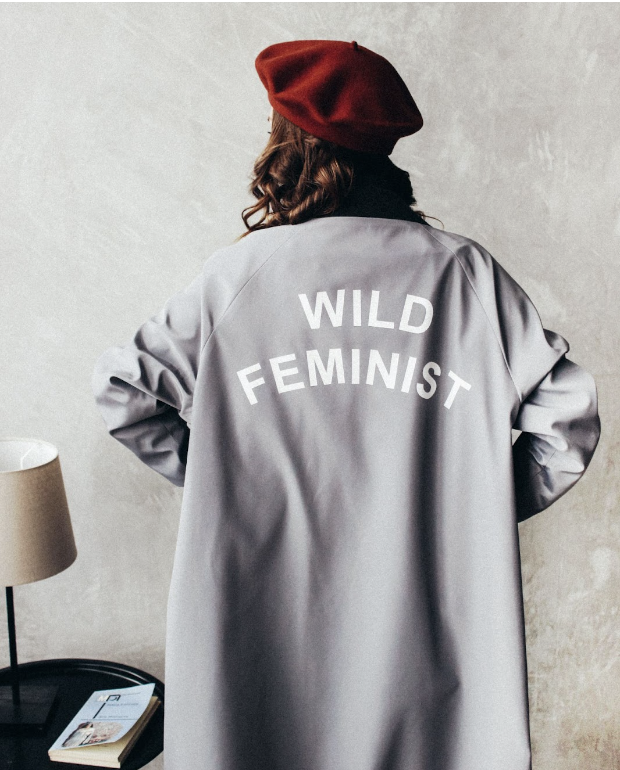
5. UPCYCLE OR MAKE
Look into your closet and see if you can upcycle something. You can for example crop your top, embroider it, paint on it, stitch a patch on it etc. And for the adventurous ones, there are thousands of tutorials on YouTube, Pinterest or social media that might inspire you to create a new garment from scratch! How cool is that?
6. BUY
Ok, so you tried to find it in your closet, swap it, thrift it but still didn’t find that perfect piece? Basics, underwear or shoes might be a challenge not to purchase new. If you can, try to buy those from ethical and sustainable brands that respect their workers and take care of the environment. A handy tool to find such brands is an app called GoodOnYou. It also checks whether or not your current favourite brand is ethical and to what degree.
And overall, be curious and open-minded. There are so many things worth learning about fashion and feminism. The stories of iconic feminist fashion designers Coco Chanel, Vivianne Westwood and many more… The documentary about fast fashion – The True Cost, the history of suffragettes or the issue of abuse of the fashion models. We only scraped the surface of the topic. Where you are going to take the knowledge is up to you!
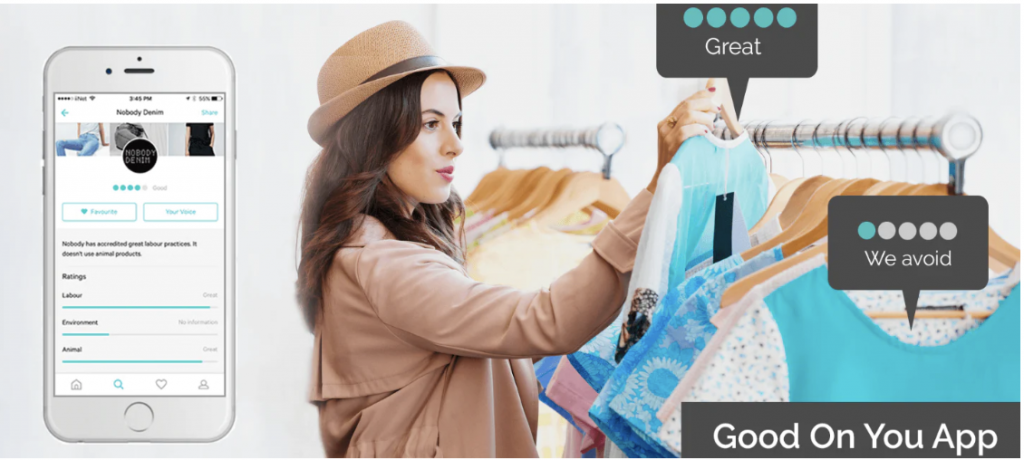
So, can you be a feminist and still love fashion?
THE ANSWER IS YES!
YOU CAN SAY YES TO STYLE, WITHOUT THE MORAL HANGOVER FROM FAST FASHION!
Author: Monika Kopcilova

